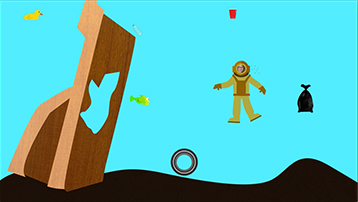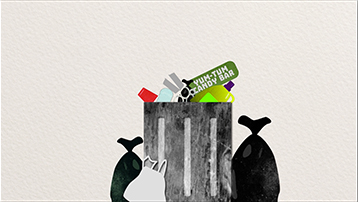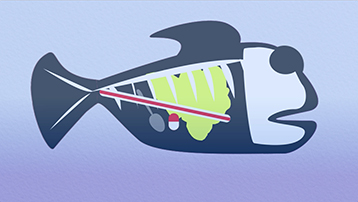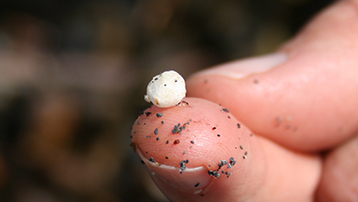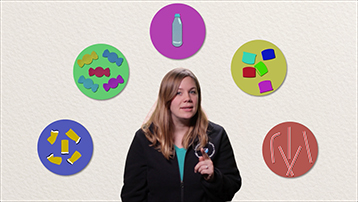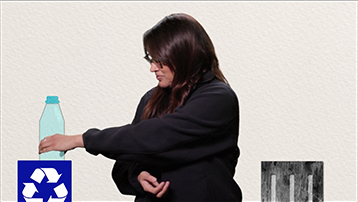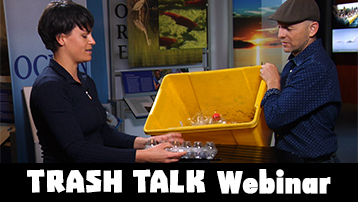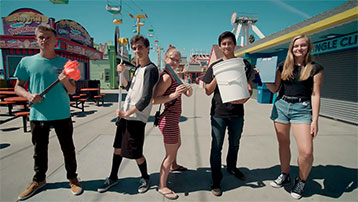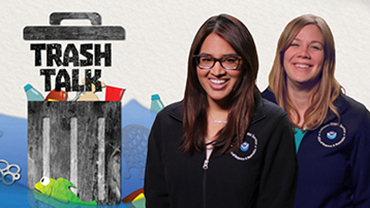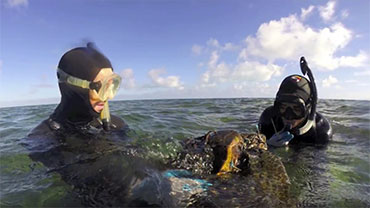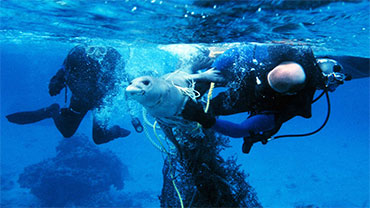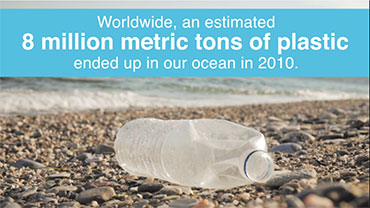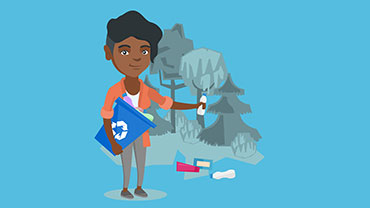Transcript
NARRATOR:
What is the Great Pacific Garbage Patch?
Well first, let's talk about what it's not. It's not a floating island of trash, like a garbage dump or a landfill. It's also not the only patch. They exist all throughout the ocean, and the Pacific Garbage Patch just happens to be the most famous.
Garbage patches are large areas of marine debris concentration that are formed by rotating ocean currents called gyres - kind of like big whirlpools that suck things in. A garbage patch is made up of tiny plastic pieces called “microplastics” that are less than 5 millimeters long. It's more like pepper flakes swirling in a soup than something you can skim off the surface. You might come across some larger items, like plastic bottles, but it's possible to sail through a garbage patch and not see anything. And they're a big problem, for the ocean - and us.
People often ask why we can't just scoop up all the marine debris in the ocean, and the answer is: unfortunately, it's just not that simple.
The first challenge is the sheer size of these garbage patches. They're huuuuuge! They're constantly moving with ocean currents. And there's debris from the ocean's surface all the way down to the sea floor. Not to mention all the marine life we would disrupt if we tried to just scoop up debris.
So what can we do? Well, the ultimate solution is prevention and we need to keep that as our highest priority. We can reduce, reuse, and recycle to keep trash out of the ocean in the first place. And we can participate in things like shoreline cleanups. It's a lot easier to deal with debris before we get to the ocean.
Because until we stop marine debris at the source, we'll just be cleaning it up forever.
 An official website of the United States government.
Here's how you know we're official.
An official website of the United States government.
Here's how you know we're official.


